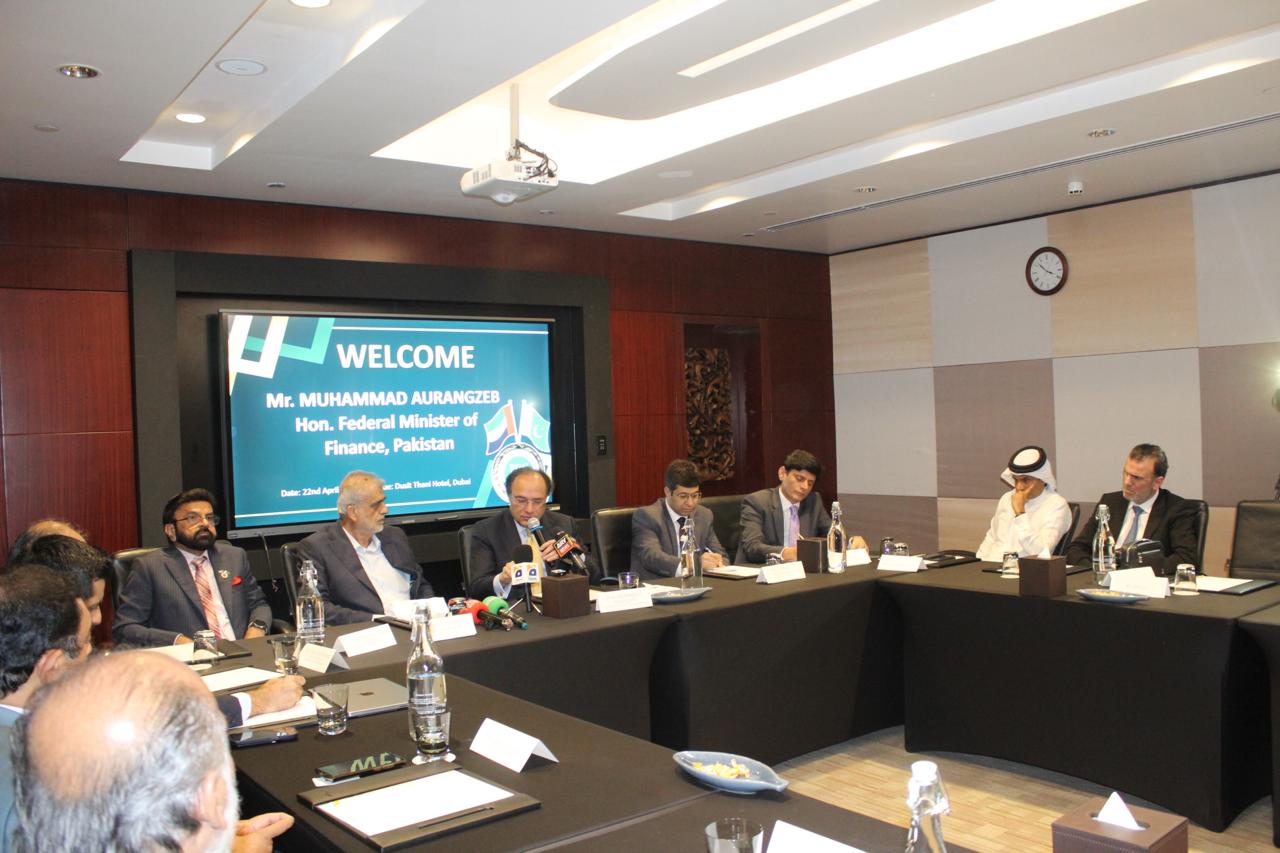December 21, 2020: Managing water resources effectively is becoming increasingly critical in Asia and the Pacific, with its fast-paced economic development, population growth, and changing climate.
Accelerating urbanization means that about 2.5 billion people or more than half of the region’s population, will be living in urban areas by 2030. The region is home to about 563 million urban slum dwellers, challenging municipalities’ abilities to provide basic services. At the same time, agriculture is expanding with irrigated smallholder farms receiving on average 80% of Asia’s freshwater.
The Asian Water Development Outlook (AWDO), a flagship periodical publication by the Asian Development Bank (ADB) and the Asia-Pacific Water Forum, describes in detail the water security status of Asia and the Pacific since 2007 and highlights critical water management issues facing the region. This 2020 fourth edition provides is strongly aligned with the Sustainable Development Goals.
Serious water constraints
As AWDO 2020 describes, despite the economic and development achievements in Asia and the Pacific (home to 60% of the world’s population), about 300 million in the region still have no access to safely managed or basic water services such as drinking water, and 1.2 billion lack adequate sanitation.
Poor access to water and sanitation disproportionally impacts vulnerable groups, who are particularly susceptible to external economic shocks and infectious diseases such as the coronavirus disease (COVID-19).
Of the 49 ADB members from Asia and the Pacific, 27 face serious water constraints on economic development, and 18 are yet to sufficiently protect their inhabitants against water-related disasters.
Asia and the Pacific is the most disaster-affected region in the world, home to more than 40% of disasters and 84% of people affected. Major cities along the coastlines are becoming increasingly vulnerable to climate change risks and disasters—flood events, sea-level rise, and droughts—threatening lives, livelihoods, and public health and generating huge economic losses.
“Over the last few decades, Asia and the Pacific has achieved impressive economic growth and gains social welfare with a tangible increase in water security,” says Tom Panella, Chief of ADB’s Water Sector Group, tasked with producing this fourth edition of AWDO. “Integrated water resources management, good governance and human capital development remain vital to support inclusive economic growth and increase overall social well-being in Asia and the Pacific, especially in the wake of COVID-19.”
Tracking water security
Water security as defined in AWDO 2020 is the availability of an adequate quantity and quality of water to ensure safe, affordable, equitable and inclusive water supply and sanitation together with sustainable livelihoods and healthy ecosystems and manageable water-related risks. Operationalizing water security will help foster resilient rural–urban economies in Asia and the Pacific. The AWDO measures water security across five key dimensions (KDs)—rural household water security, economic water security, urban water security, environmental water security, and water-related disaster security.
Water security is expressed in scores, calculated for each KD based on publicly available data on various indicators. The scores of all five KDs are added to form the multidimensional national water security score. Based on the aggregated scores, five key stages of national water security were identified progressively from nascent up to engaged, capable, effective, and model.
Press Release
38744







